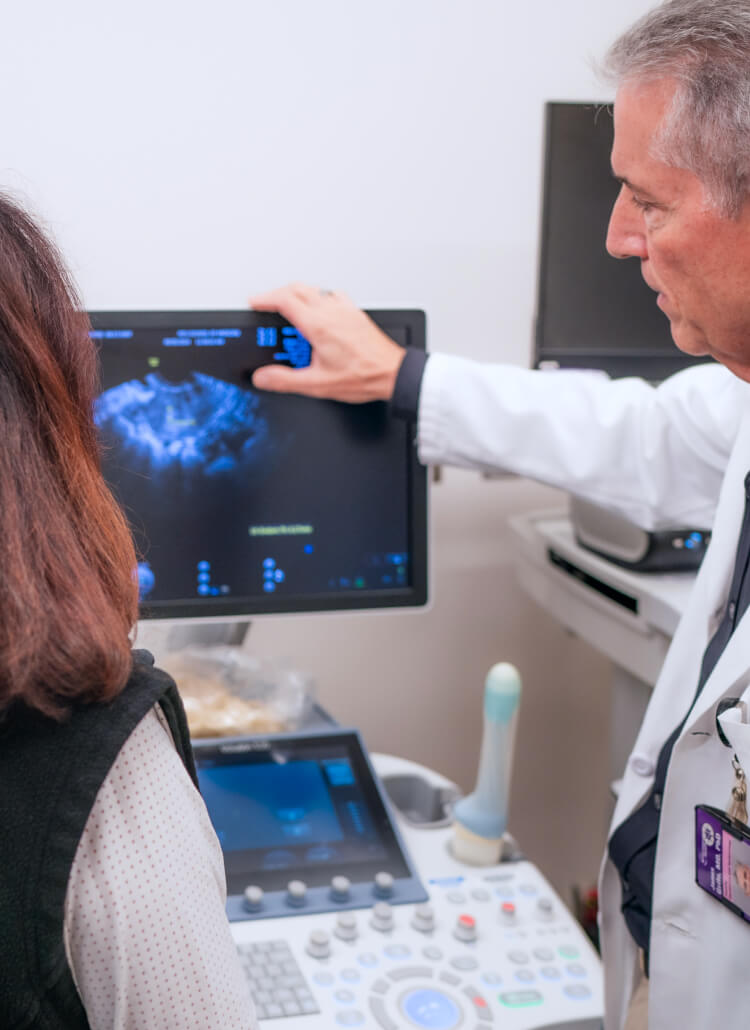When is FET recommended?
Frozen Embryo Transfer is recommended for individuals or couples who:
- Choose to undergo preimplantation genetic testing (PGT).
- Have embryos available from a previous IVF cycle and wish to use these embryos to grow their family.
- Wish to take time between the Ovarian Stimulation phase of In Vitro Fertilization (IVF) cycle and attempting pregnancy.
- Are attempting pregnancy using previously frozen eggs.
- Who may be at risk of ovarian hyperstimulation syndrome.



